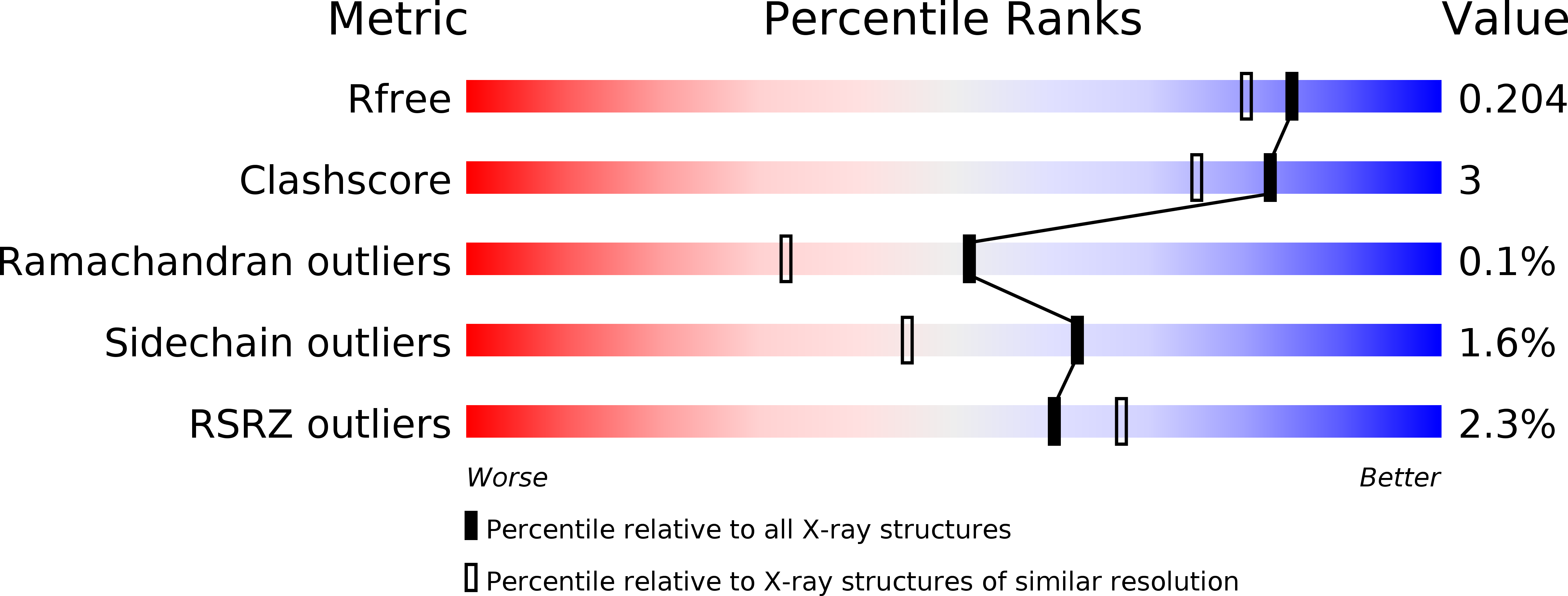
Deposition Date
2015-12-02
Release Date
2016-09-28
Last Version Date
2024-11-20
Entry Detail
PDB ID:
5F3B
Keywords:
Title:
Structure of myostatin in complex with chimeric RK35 antibody
Biological Source:
Source Organism:
Mus musculus (Taxon ID: 10090)
Homo sapiens (Taxon ID: 9606)
Homo sapiens (Taxon ID: 9606)
Host Organism:
Method Details:
Experimental Method:
Resolution:
1.76 Å
R-Value Free:
0.20
R-Value Work:
0.17
R-Value Observed:
0.18
Space Group:
P 1


